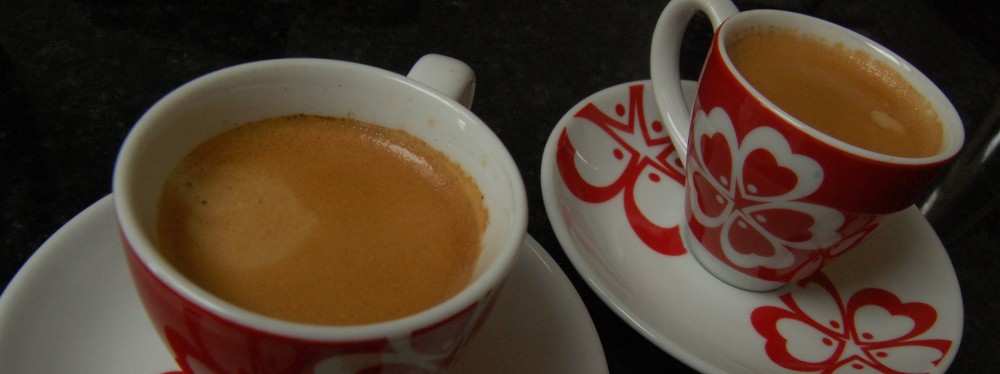In the beginning, the common theme amongst tech commentators and Social Media gurus was that Pinterest was something for the ladies – a bit of harmless fun that made them feel like they were using a computer. It was somewhere the ladies could go whilst their menfolk were in Google Hangouts. Pinterest became the Babycham of the internet era.
If the tech writers were to be believed, across the less fashionable parts of America, a new generation of Stepford Wives was mindlessly pinning and repinning pictures of ponytails whilst maintaining their fixed smiles. Who needed tranquillisers in the Pinterest era?
And it was respectable. Unlike vulgar social media like Twitter and Facebook you couldn’t just JOIN Pinterest. You had to be INVITED – like a Tupperware party.
And maybe Pinterest would have stayed that way if Big Business and powerful media organisations hadn’t started sniffing around, trying to see what was keeping all these women so happy, trying to see if they could make a buck or two out of this pinning/repinning compulsion.
Pinterest crossed the boundary from bridal shower to boardroom. Things would never be the same again.
Soon Pinterest was no longer the preserve of nice, middle America homemakers who liked making their own Christmas cards. It became the social media of choice for any up-and-coming marketing newbie or social media editor who wanted to show off. Men were no longer embarrassed to be seen to pin in public. Suddenly, everyone was doing it. It went global. People measured their success in repins and follows. Greed was good.
We should have seen it coming. But we didn’t. We never do until it’s too late.
Slowly, inevitably, Pinterest revealed its darker side. It wasn’t a sweet, innocent pick-me-up after all. It was cruelly addictive. It was the crack cocaine of social media and once you started pinning, you’d keep coming back for more. And more. And more.
Growing numbers of women – and men – turned into hopeless addicts in desperate search of a repin. But the repins were getting rarer and the hit wasn’t as high. Nobody was interested in their boards any more. Their pinning became more and more desperate, erratic, thematically vague. Eventually, they reached the bottom rung, forced to do things they’d never thought they’d do; they started pinning images of moderately engaging kittens.
I speak as one who knows what it’s like. I’ve tried to wean myself off with strong doses of Storify but it’s no good. Pinterest’s got its hooks into me and no mistake.
We may not be sharing needles, but we’re sure as hell sharing pins.
To feed my habit, I’ve started pushing. I’m targeting social media novices. They’re weak, vulnerable to the promise of unlimited images of clever storage ideas for small rooms. I’m not proud of myself. Pinterest made me do it.
 So why am I writing all this? Because I’m hoping that this blog post might help some of you avoid the Pinterest habit. Don’t be deceived by its feminine guile.
So why am I writing all this? Because I’m hoping that this blog post might help some of you avoid the Pinterest habit. Don’t be deceived by its feminine guile.
It’s too late for me.
SAVE YOURSELVES!



Liz, love the analogy! Looking forward to reading more of your posts!
Fabulous article. I am writing one myself about the pull of Pinterest.
Yes it is addictive but so much better for you than alcohol or cigarettes